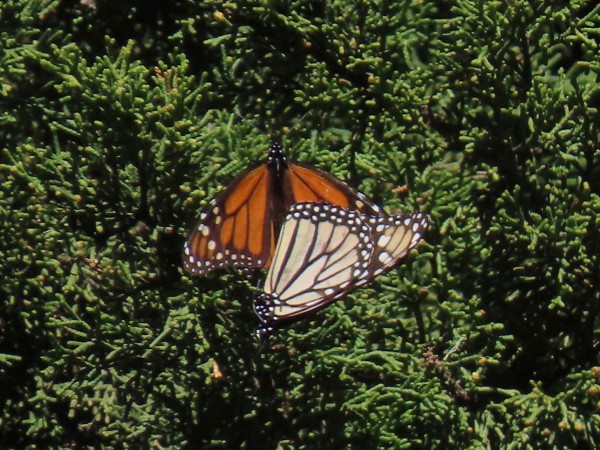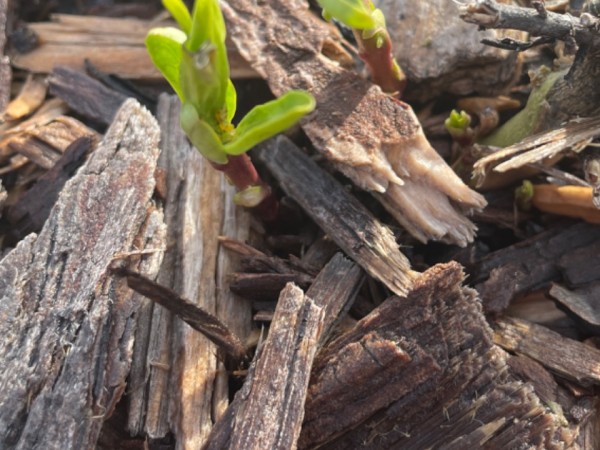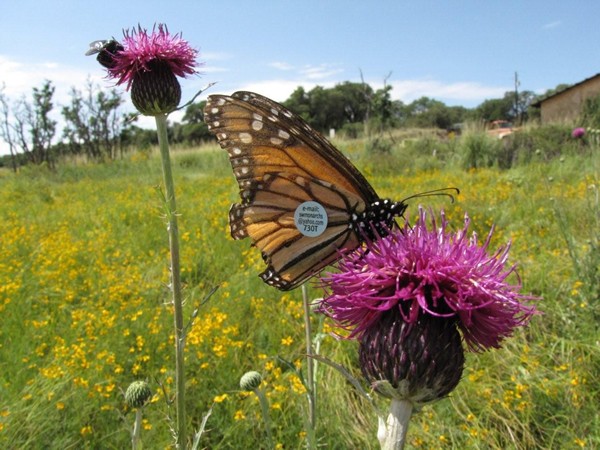Letter From Gail Morris: Western Monarch Spring 2023 Report #4
Western Monarchs Update
After weeks of winds, rain, and even snow, the weather was calmer along the California coast and lower deserts of Arizona. While temperatures were still cool and below normal, monarchs are slowly becoming more active and leaving the shelter of their winter homes on their spring migration. Extended forecasts predict the possibility of another rainy spell in the upcoming weeks. For now, monarchs are actively mating and will be welcomed by freshly emerging milkweeds across the landscape.
Monarch and Milkweed Sightings
Monarchs are continuing to be seen in the southern California region and lower deserts of Arizona as well in small numbers.
Scott in Thousand Oaks, CA saw "a single adult flying, landed on an olive tree." (03/03/2023)
Journey North observers are also reporting native milkweed just peaking out of the ground.
Peggy in Arroyo Grande, CA found small shoots of Asclepias fascicularis appearing March 5, 2023.
News from the California Overwintering Sites
We are continuing to monitor monarch movement at a few of the overwintering sites in the West.
Pismo Monarch Grove
Marylou Barker Gooden reported monarchs are still present at Pismo Beach’s Monarch Grove.
“4,000+ monarchs remain in the Pismo Beach Grove because of unusually cold February weather. Delightful to watch them sunning on the trees on sunny days.”
Lighthouse Field, Santa Cruz
Diana Magor shares her report of the monarch status in the Santa Cruz area. Monarchs are slowly leaving overwintering sites along the California coast. Last week Diana counted monarchs at Lighthouse Field and reported 742 monarchs still present. She also saw mating monarchs. Earlier she noted she hadn’t seen many monarchs at her home in the area. This week, she did!
“I did see a male monarch in my garden today - he did a quick buzz around and then was off. It’s warm here today … high 50’s but sunny and not windy. The heartleaf and narrow-leaf milkweeds in containers on my deck are emerging from their winter dormancy.”
Thank You!
A special Thank You to Marylou Barker Gooden and Diana Magor for their reports and photos.
Send in your reports!
Please report your sightings of emerging milkweeds and monarchs in any life stage! Please report to Journey North. Provide as much information as possible, such as weather conditions (it’s okay to estimate). Your detailed description of what you see can include, but is not limited to, the monarch’s gender and activity and, if known, the type of milkweed, and flowers if they are nectaring. Let us know how monarchs are faring under stressors from winter storms still sweeping through!
Gail Morris is the Coordinator of the Southwest Monarch Study (www.swmonarchs.org), a Monarch Watch Conservation Specialist, and the Vice President of the Monarch Butterfly Fund, the Central Arizona Butterfly Association, and the Western Monarch Advocates. The Western Monarch Population News is based on comments provided to Gail Morris. We hope to increase the number of sightings and therefore photos and comments entered into the Journey North. We rely on the volunteers who communicate regularly with Gail and agree to participate in our effort to increase awareness of the population of western Monarchs. You can reach her at gail@swmonarchs.org
03/06/2023 Sunny Day Sunning
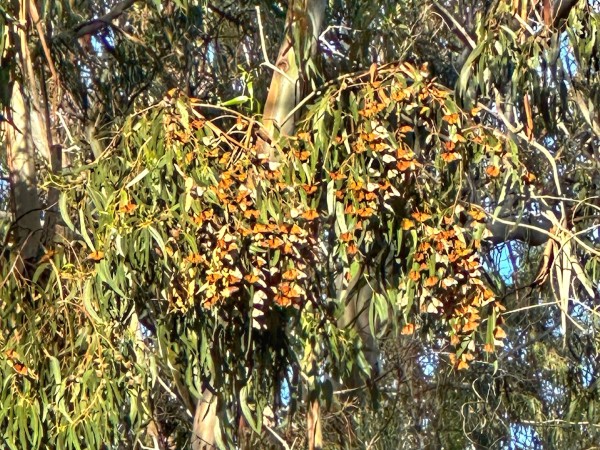
03/06/2023 Delightful View
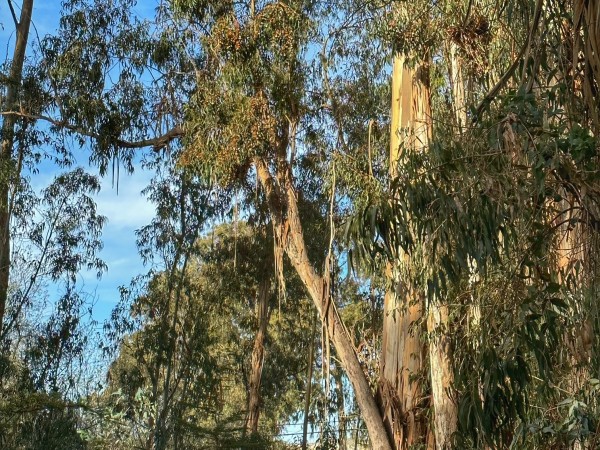
03/06/2023 Sun Dappled Orange
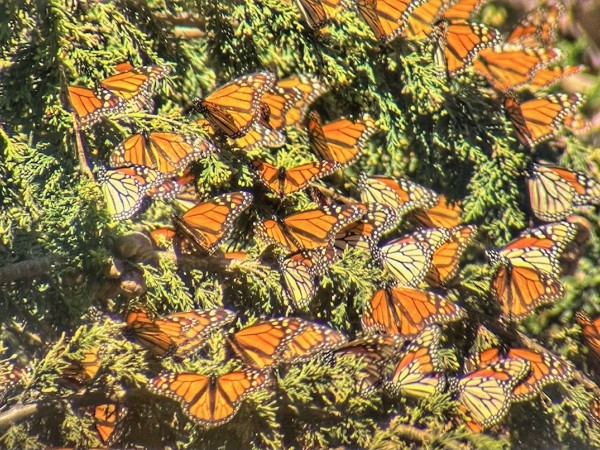
03/06/2023 Mating Monarchs
